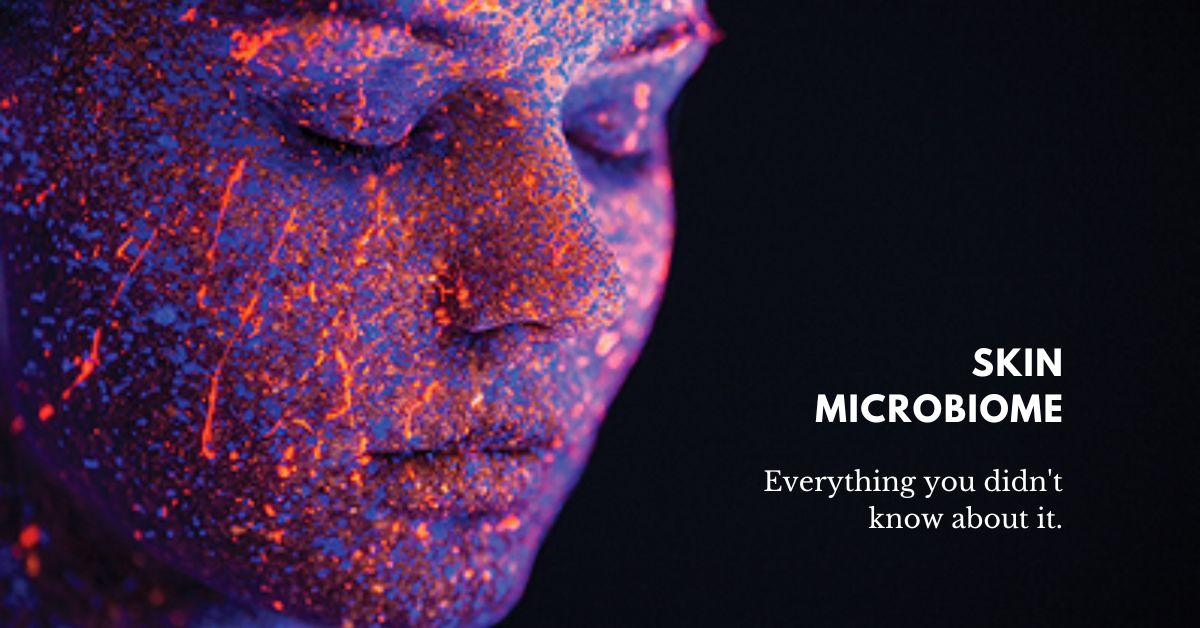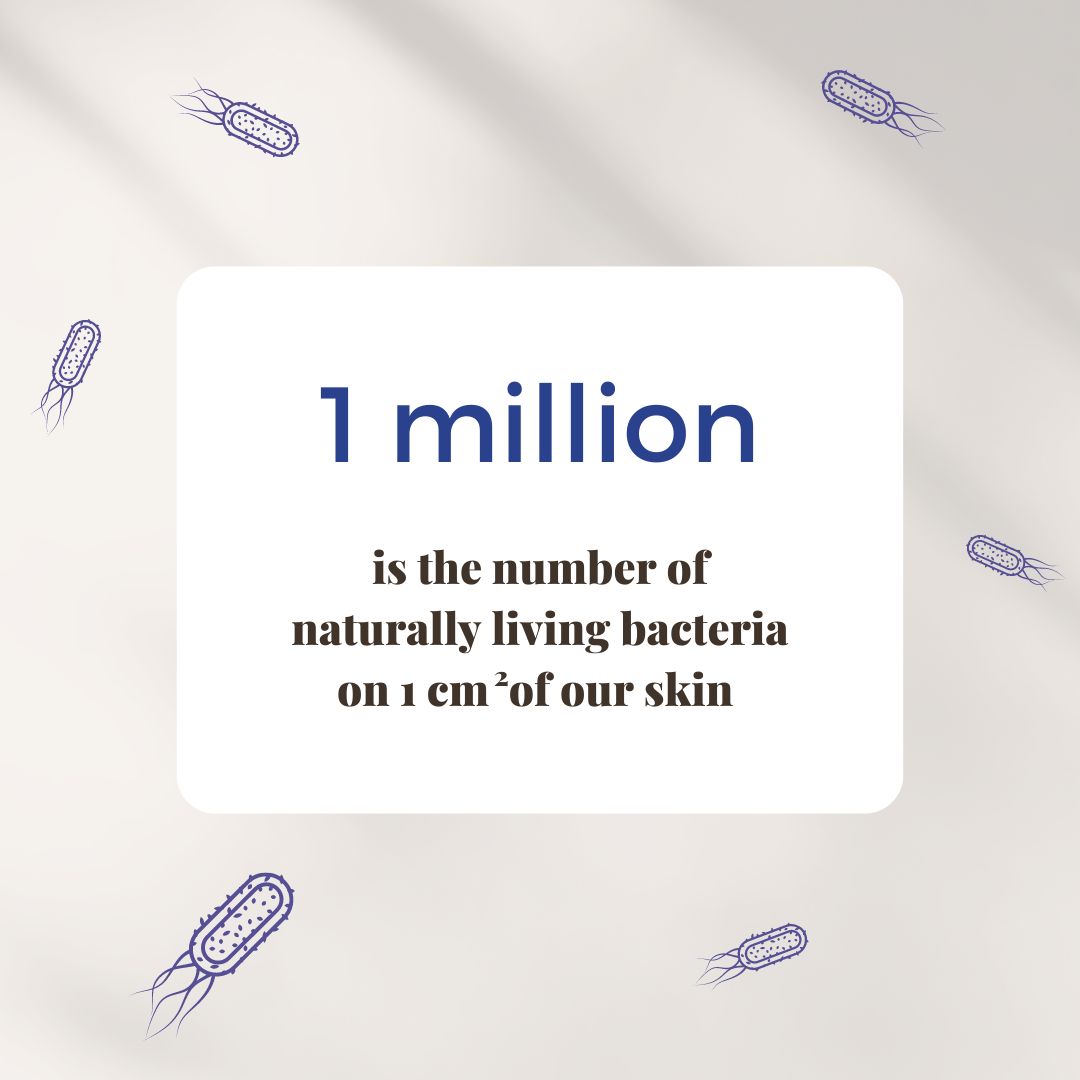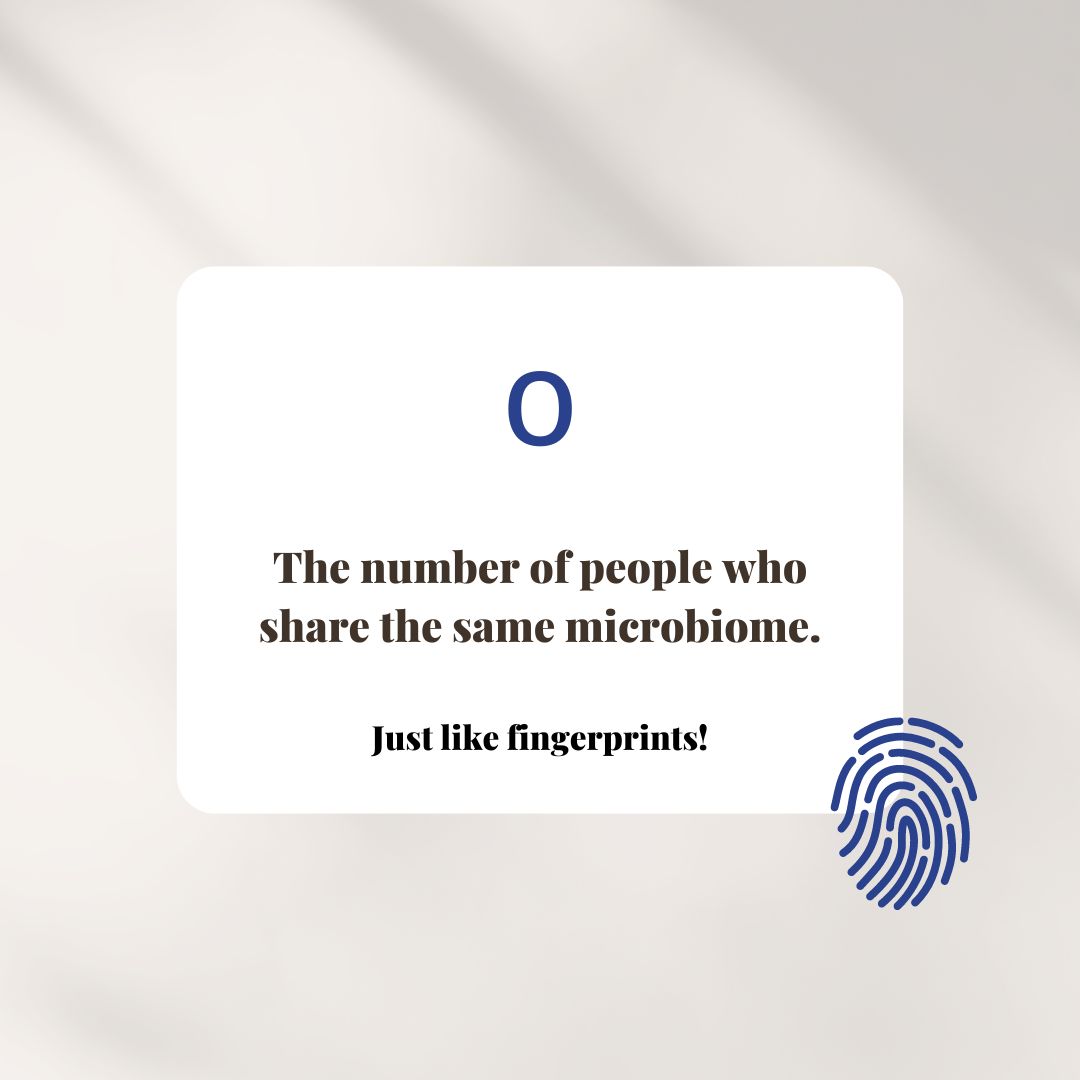Skin microbiome. Why is it so important?

The skin microbiome is a relatively new concept to most people.Indeed, even in the scientific world, it has only been studied for a few decades. In this article, you will learn what the skin microbiome is, what it is made of, and how it affects our skin.
What is skin microbiome?
 The skin, which is our largest organ, has an area of approximately 2m2, and is home to several million bacteria, fungi and viruses, which we refer to as the skin microbiome. The microbiome plays an important role in maintaining skin health. Over 1,000 different types of bacteria and approximately 80 types of fungi live on the skin. Most of the microbiome occurs in the uppermost layers of the epidermis, as well as in the area of hair follicles, sebaceous and sweat glands. It is estimated that up to 1 million bacteria live on 1cm2 of skin. It is believed that there are around 10 billion microorganisms on our skin.
The skin, which is our largest organ, has an area of approximately 2m2, and is home to several million bacteria, fungi and viruses, which we refer to as the skin microbiome. The microbiome plays an important role in maintaining skin health. Over 1,000 different types of bacteria and approximately 80 types of fungi live on the skin. Most of the microbiome occurs in the uppermost layers of the epidermis, as well as in the area of hair follicles, sebaceous and sweat glands. It is estimated that up to 1 million bacteria live on 1cm2 of skin. It is believed that there are around 10 billion microorganisms on our skin.
A microcosm of diversity
 The skin microbiome is unique in every person! Just like our fingerprints. We would not find two people who have the same microbiome, as well as lifestyle, diet, age, or ethnicity, which also play a role in the composition of the microbiome. Ideally, however, the microbial communities of the skin of a healthy adult are relatively stable. In this context, children, whose microbiome stabilizes only in the first three years of life, and old people with altered skin structure and associated changes in the microflora are particularly vulnerable. Despite these huge differences, our skin microbiome is largely dominated by three genera – Staphylococcus, Corynebacterium and Cutibacterium.
The skin microbiome is unique in every person! Just like our fingerprints. We would not find two people who have the same microbiome, as well as lifestyle, diet, age, or ethnicity, which also play a role in the composition of the microbiome. Ideally, however, the microbial communities of the skin of a healthy adult are relatively stable. In this context, children, whose microbiome stabilizes only in the first three years of life, and old people with altered skin structure and associated changes in the microflora are particularly vulnerable. Despite these huge differences, our skin microbiome is largely dominated by three genera – Staphylococcus, Corynebacterium and Cutibacterium.
The main tasks of the skin microbiome are to protect and strengthen the skin barrier against pathogenic microorganisms and to maintain an appropriate pH value of the skin surface. The more diverse the types of bacteria, the stronger the "protective shield".
The skin microbiome also helps fight infection by supporting good bacteria, suppressing the growth of pathogenic bacteria that, when they multiply, cause inflammation.
Skin conditions such as acne, eczema, or rosacea are largely caused by the poor diversity of the skin microbiome. Current trends in society regarding the excessive use of antibacterial agents lead to a significant change in the skin microbiome by making the environment on the skin more inhospitable. These diseases are becoming more and more common these days.It is precisely for this condition that the use of cosmetics supporting the skin microbiome is more than desirable. Beneficial prebiotic, probiotic and postbiotic ingredients in cosmetics support "good" bacteria and thus keep the microbiome in balance. More and more advanced knowledge in microbiome research in recent years has subsequently also led to a change in attitude in the field of cosmetics, as an intact, balanced, diverse microbiome of the skin is extremely important for the health and ultimately also for the beauty of our largest organ.
Sources:
"The skin microbiome." Nature reviews. Microbiology vol. 9,4 (2011): 244-53
"Skin Microbiome: Looking back to Move Forward." Journal of Investigative Dermatology 132 (2011): 933-9
"The Skin Microbiome: impact of Modern Environments on Skin Ecology, Barrier Integrity, and Systemic Immune Programming." The World Allergy Organisation Journal vol. 10,1 (2017):29
